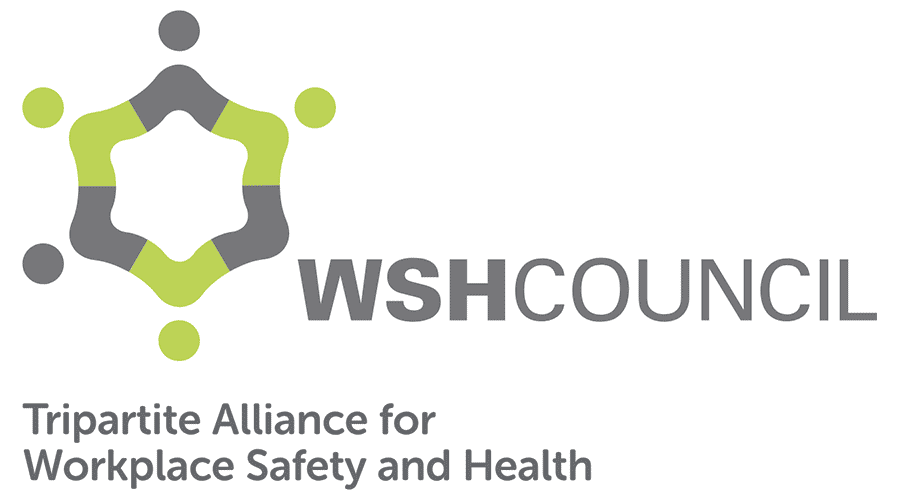Speech by Minister for Manpower Dr Tan See Leng at SCAL Safety and Health Campaign 2022
- FMOne Asia

- Jun 24, 2022
- 4 min read
Dr Tan See Leng, Minister for Manpower, Devan Nair Institute for Employment and Employability (e2i)
23 June 2022
Mr Ng Yek Meng, President of Singapore Contractors Association Limited (SCAL)
Industry Partners,
Distinguished guests,
Ladies and gentlemen,
1. Good morning. I’m glad to be here today, amongst leaders of the construction community. Congratulations to all award winners! It’s great to see that many of you are strong advocates for workplace safety and health. I would also like to thank SCAL for organising this event and your longstanding efforts to highlight the importance of workplace safety and health.
2. SCAL has always been one of our closest partners in promoting safe working environments.
a) The SCAL Innovation and Technology Workgroup has been organising events and platforms to enhance their members’ knowledge in WSH technology solutions available in the Construction Industry. b) Innovative solutions such as the electronic Permit-to-Work systems and cordless or dustless tools were introduced to their members to propagate the effective use of technology that improves not just productivity, but more importantly, safety.
c) I applaud SCAL and the Workgroup for sharing their efforts and learnings with everyone. We can achieve better WSH outcomes when stakeholders learn from and adopt best practices across the industry.
3. Thanks to SCAL’s strong support for WSH among your members, we saw an encouraging improvement in the safety of construction workplaces over the past 10 years. The fatality rate in construction has reduced significantly from 5.9 in 2012 to 3.3 in 2021. This translates to about 70 lives saved over the 10 years, compared to if the situation remained unchanged.
4. But very sadly, we saw a worrying spike in workplace fatalities this year. There have been 27 workplace fatalities in 2022 so far. This is very troubling because it is close to double that of the same period in 2019. Among the 27 deaths, 10 were in construction, including one case that just happened yesterday. This is of great concern. Every life lost to a workplace accident is one life too many.
a) Six of the 10 deaths were from smaller construction firms or projects. My exhortation to everyone is that we must not leave out such firms and must work hard to engage them to improve their WSH standards too.
b) We must make sure we do everything we can to prevent the loss of lives and make sure that our workers can return home safely to their loved ones. 5. The Ministry of Manpower (MOM) has since taken stronger enforcement actions and introduced stiffer penalties against errant employers. These measures will target companies with poor workplace safety and health standards.
6. To lift industry safety standards and strengthen WSH ownership, we will look at upstream measures such as having a harmonised disqualification criteria for the public sector’s construction tenders, to disqualify contractors with poor work practices. We will also review the current demerit points system for breaches under the WSH Act or Regulations, to ensure its relevance and effectiveness.
a) This means that safer construction companies will have better business opportunities. The unsafe firms will be disqualified from competing with you for government contracts, or will have a tougher time getting foreign manpower because they have more demerit points.
7. We must do more to inculcate a culture where safety takes precedence above all. Learning from how doctors perform elaborate pre-operative assessment before undertaking any operations on patients, our worksites should have proper pre-start work assessments to identify danger spots as well as potentially hazardous work conditions with appropriate and timely protections and safety measures implemented. This should be highlighted to workers performing tasks at the workplace. Lives are at stake, and we must make sure that we identify risks at every worksite, develop control measures and highlight areas of concern that workers and supervisors must note.
8. This is why pre-start assessments are important and ought to be institutionalised. Weekly site coordination meetings allow for the coordination of works carried out by different sub-contractors and elimination of incompatible works. This is supplemented by daily toolbox meetings by the various work teams to allow for hazards, control measures and precautions associated with the works to be shared with workers prior to the commencement of works.
a) These are concrete and achievable steps to engender WSH ownership on site from project managers, supervisors to workers.
9. At the same time, we are reviewing the coverage of WSH personnel such as WSH Auditors, Officers and Coordinators to improve the level of WSH oversight. The current regime has been in place for more than a decade and it is timely to review the requirements.
a) Having more WSH personnel on the ground will help contractors to better manage WSH onsite. In fact, we know that many of you have gone beyond the legal requirements to appoint a full team of WSH personnel because you believe that ensuring a safe and healthy worksite is the right thing to do.
b) Through the review, we hope that more contractors can also benefit from the assistance of trained and competent WSH personnel.
10. Beyond WSH personnel, contractors ought to consider using technology which can enable you to monitor the condition and practices at workplaces more closely, such as installing surveillance cameras or CCTV on site at strategic high-risk locations.
a) Doing so may help overcome the manpower constraint of site supervision especially if the systems are equipped with video analytics that can provide alerts on unsafe situations, such as when a worker enters into a zone he is not supposed to.
b) We are therefore considering requiring CCTVs or other means of surveillance to be installed on-site in the future. We will work with SCAL on the implementation details.
11. Finally, while we have made improvements over the years, the construction industry needs to be more ambitious and holds itself to higher standards.
a) In the last five years, there have been less than 15 fatalities and over 100 major injuries each year in the construction industry. But we should not accept this as par for the course. We must constantly do better, and the Ministry will continue to support you and work with you on this journey of continuous improvement, because lives are at stake here. I therefore would like to call on everyone in the industry, from employers to supervisors to the individual worker, to all come together to all play their part in ensuring workplace safety and health. 12. Thank you, and I wish you a fruitful session ahead!
Source: Ministry of Manpower




Comments